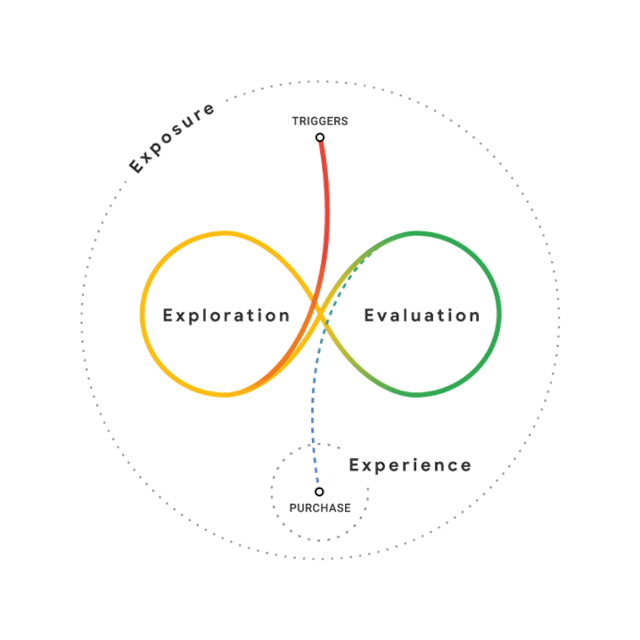How marketers can make sense of consumer behaviors in the ‘messy middle’
Kicking off a four-part video series, we break down Google’s new ‘Marketing in the messy middle’ research to explore how behavioral science principles can be applied in real-world marketing scenarios.

Google’s Jonny Protheroe explains the behavioral science behind ‘Marketing in the messy middle'
The path to purchase isn’t what it used to be. It’s messy; so messy that Google and The Behavioral Architects have spent years researching the complicated web of searches, ads, links and clicks that exist between trigger and purchase. They call this the ‘messy middle’ - a space that shoppers must navigate when deciding what to buy online, where they use a range of mental shortcuts and rules of thumb to help make the right decision.
Behavioral science provides a useful lens for understanding these behaviors and unpacking what’s really going on, says Jonny Protheroe, head of Market Insights EMEA at Google. He explains: “When presented with almost limitless information and choice, we find ways to cut through all this complexity using a range of mental shortcuts without really noticing - that’s where behavioral science comes in.”
This new research is a build on original research from 2020 that set out to answer a simple but fundamental question for marketers: how do people decide what to buy? And it tackles that question through the lens of behavioral science, with a combination of observation, literature review, and experiments.
“In a world of almost limitless information and abundant product choice, the internet has gone from being a place where people go to compare prices, to a place where people go to compare everything,” says Protheroe. “We observed that between a trigger to becoming in-market, and an eventual purchase, consumer behavior is extremely messy and non-linear.
“But when we looked more closely we found that there are just two distinct mindsets at play: exploration (an expansive mindset where we are adding information and brands for our consideration) and evaluation (a reductive mindset where we are narrowing down the available options before making a decision). We often move back and forth between these mindsets multiple times before eventually exiting the messy middle and making a purchase.”

The latest iteration of the research has evolved to look at how behavioral science principles can be applied in real-world marketing scenarios - at scale. More specifically it identifies three key areas where - and how - marketers can experiment and iterate to make an impact in the ‘messy middle’ of the online purchase journey:
- Search: Many people turn to Google Search in their purchase journeys but competing against big brands with big budgets can be a challenge. Experiments with Search ads show that smart applications of behavioral science can help lower ranked brands win a higher proportion of ad clicks.
- Content: Brand websites are a valuable asset in the consumer decision-making process - boosting them with behavioral science principles can increase consumer confidence and purchase consideration.
- Points of sale: Shoppers are more willing to switch their preferred choice of retailer versus their preferred choice of brand - simple applications can have as big an impact on consumer decision-making as offering a 10% discount.
What else can be learned from observing and codifying behavior in the messy middle? And how can marketers turn these insights to their advantage to help their brands be more successful in the competitive online environment?
Watch episode one above for essential insights on key information-seeking behaviors and how to apply this framework to your strategy and stay tuned for future episodes launching weekly, where experts break down the findings around search, confidence and shopping with key principles and actionable advice.
Advertisement
Advertisement
Content created with:

Think with Google
At Think with Google, our mission is to educate and inspire the next generation of marketers, advertisers, and creatives. Here you can find marketing tutorials from...
Find out more
